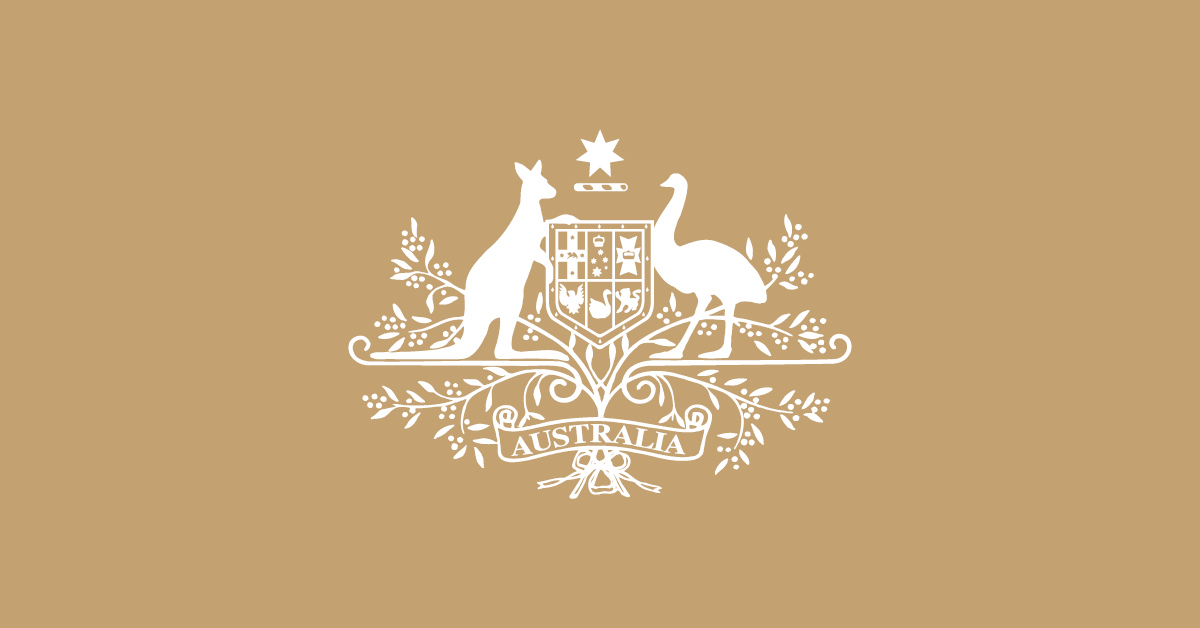
Communique of meeting of Work Health and Safety Ministers
1. Commonwealth, state and territory work health and safety ministers met today and agreed on significant measures to advance safety for all in the workplace.
2. The meeting was chaired by the Hon Tony Burke MP, Commonwealth Minister for Employment and Workplace Relations.
Silicosis
3. Ministers affirmed their shared commitment to preventing worker exposure to respirable crystalline silica and endorsed a coordinated national approach to address this issue.
4. Ministers agreed that joint deliberate efforts are required from all levels of government, industry, and unions to eliminate silicosis and silica related diseases and to increase the quality of life of those already impacted and their families.
5. Ministers discussed Safe Work Australia’s Decision Regulation Impact Statement: Managing the risks of respirable crystalline silica at work, which recommends a range of regulatory and non-regulatory options to better protect workers, and adopted its recommended proposals.
6. Ministers agreed to implement the following reforms as a priority:
a. Delivery of national awareness and behaviour change initiatives, in partnership with employers and unions.
b. Stronger regulation of high-risk crystalline silica processes for all materials (including engineered stone) across all industries. This includes additional training
requirements; a requirement to conduct air monitoring and report workplace exposure standard exceedances to the relevant regulator; and scoping new and
updated model Codes of Practice for at-risk industries. In developing the regulations, Safe Work Australia is requested to further consider definitions to minimise any unintended consequences.
c. Further analysis and consultation on a prohibition of the use of engineered stone under the model WHS laws, including consideration of silica content levels and other risk factors and including consideration of a national licensing system for products that are not subject to a ban or legacy products. Safe Work Australia is requested to finalise a report as quickly as possible and within 6 months at the latest.
7. Ministers noted that the Commonwealth will explore an import ban on engineered stone, involving consultation with states and territories, and other stakeholders, on the effects of a ban.
8. Examination of any prohibitions would consider definitions, timing, and impacts on affected workers and businesses.
9. Ministers noted that jurisdictions may continue to implement or retain complementary measures, such as non-regulatory action, enforceable codes of practice or licensing schemes.
10. Ministers noted that Safe Work Australia is finalising as a priority amendments to the model WHS Regulations to clarify the prohibition of uncontrolled dry-cutting of engineered stone.
11. Ministers agreed to include silicosis as a standing agenda item for future Meetings of Ministers to maintain momentum to address this issue and share details of national and jurisdictional projects to prevent worker exposure to respirable crystalline silica.
12. Ministers agreed to meet as soon as practicable following the delivery of Safe Work Australia’s report to discuss progress of implementation.
Industrial manslaughter
13. Every workplace death is a tragedy and Ministers agreed more must be done to prevent workplace deaths and serious injuries.
14. Ministers by majority agreed to adopt industrial manslaughter into the model WHS laws, reflecting in-principle Recommendation 23b of the Boland Review of the model WHS laws.
15. Many jurisdictions have introduced industrial manslaughter offences or committed to doing so. The Commonwealth Minister indicated the Australian Government’s intention to scope and consult on an industrial manslaughter offence under Commonwealth WHS laws.
16. In recognition of this decision, Ministers by majority agreed to amend the model WHS Act to include a jurisdictional note and model penalty dealing with industrial manslaughter.
17. The model penalty will be $18 million for a body corporate and 20 years’ imprisonment for an individual.
18. Ministers also asked Safe Work Australia to continue its work to develop a significant increase to penalties for Category 1 offences under the model WHS laws.
Managing psychosocial risks in the workplace
19. Ministers discussed work underway to implement the model WHS Regulations on psychosocial hazards. The majority of jurisdictions have either implemented or are in the process of implementing regulations dealing with psychosocial hazards.
National Work Health and Safety Strategy 2023-2033
20. Ministers recognised the commencement of the Australian Work Health and Safety Strategy 2023–2033. The strategy sets a national framework for how Australia can achieve our shared vision of safe and healthy work for all, and promotes the protection of worker health and safety as core to how we do business in Australia.
21. Ministers thanked Safe Work Australia and stakeholders for their contributions towards the development of the Strategy. A copy of the Strategy can be found on the Safe Work Australia website at www.safeworkaustralia.gov.au.
Review of model WHS laws
22. Ministers were provided with an overview from Safe Work Australia on the progress made to implement the agreed outcomes from the 2018 Review of the model WHS laws Final Report. Ministers noted a number of amendments to the model WHS laws have been made and that most jurisdictions have now adopted the amendments into their frameworks or are considering doing so.
23. The full list of agreed outcomes from the Review and their implementation status can be found on Safe Work Australia’s website at https://www.safeworkaustralia.gov.au/law-andregulation/model-whs-laws/implementation-whs-ministers-agreed-response-review-modelwhs-laws.
24. Ministers commended Safe Work Australia for the progress made on these important amendments to strengthen the model WHS laws.
